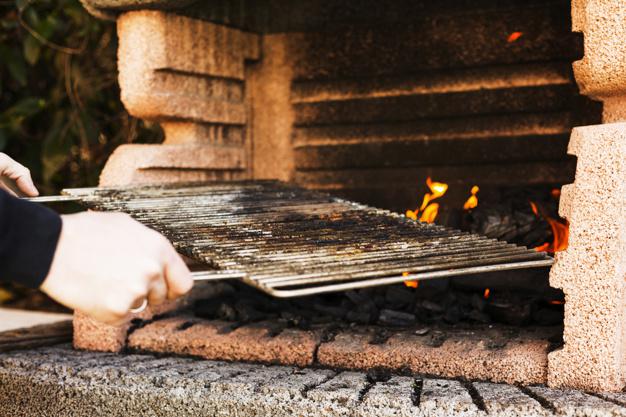화상

화상은 상처의 깊이에 따라 3단계로 구분합니다.
1도 화상: 표피층 손상
2도 화상: 진피층까지 손상
3도 화상: 피하조직까지 손상
회상의 깊이가 얕을 수록 오히려 통증의 정도가 심하기 때문에 통증으로 피부 손상의 심각성을 나타내지 못합니다.
코와 입 주변이나 기도 내에 화상을 입으면 폐로 가는 산소의 흐름을 제한할 수 있기 때문에 매우 위험합니다.
환자가 3도 화상을 입은 경우에는 가정에서 효과적으로 치료하기 힘들기 때문에 응급의료지원 서비스 ∗9999의 도움을 즉시 받아야 합니다. 화상으로 인한 전해질 불균형으로 피부가 붓게 됩니다.
2도 화상의 경우에도 조속한 의료적 처치가 필요합니다.
1도 화상을 입었을 때에는 먼저 15~20분 정도 흐르는 물에 대고 있어야 합니다. 화상 부위에 얼음을 대지 마십시오. 얼음은 혈류를 감소시켜 물집이 생길 수 있습니다. 치약이나 알로에 베라와 같은 민간요법은 물집을 유발하고 그 자체로도 화상을 입히는 효과가 있습니다. 통증이 해소된 후(실비린 등) 1도 화상 부위에 연고를 바르시면 됩니다.
 We use cookies on this website to enhance your user experience
We use cookies on this website to enhance your user experience